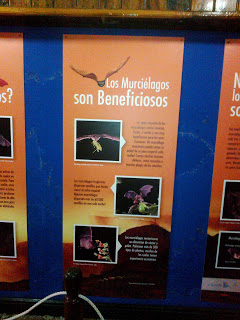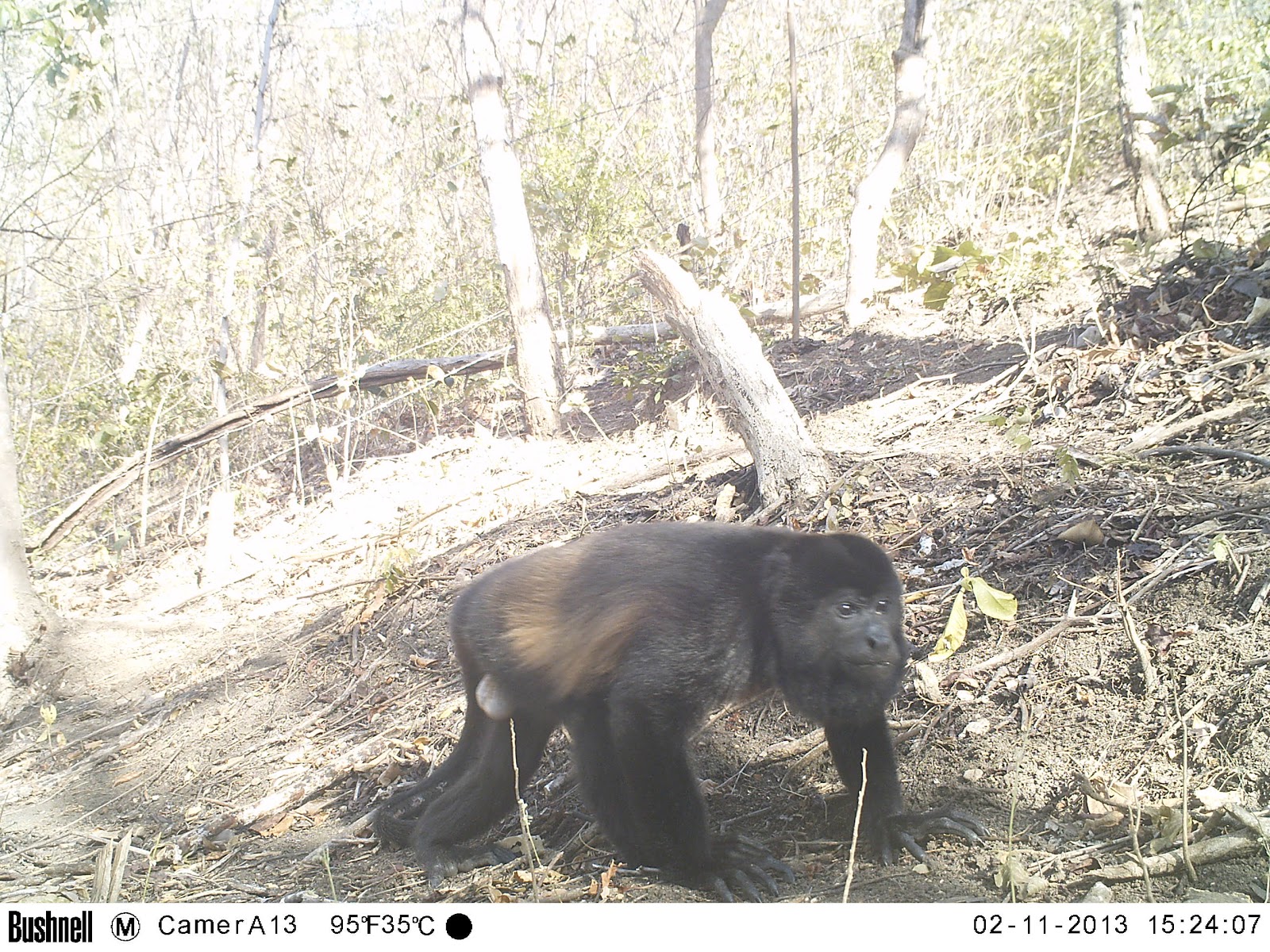 | Anyone who has spent time in Central America undoubtedly knows what howler monkeys sound like, but it can be difficult to spot them among the branches of the trees where they roost. |
 | Thanks to our camera traps, we “caught” this howler on one of the private reserves where we cooperate with the landowner to ensure forest connectivity. |
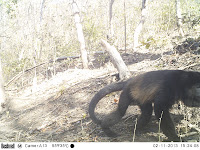 | Howler monkeys are also known to be an arboreal species, meaning they spend all their lives in the trees. So what is this guy doing on the ground? |
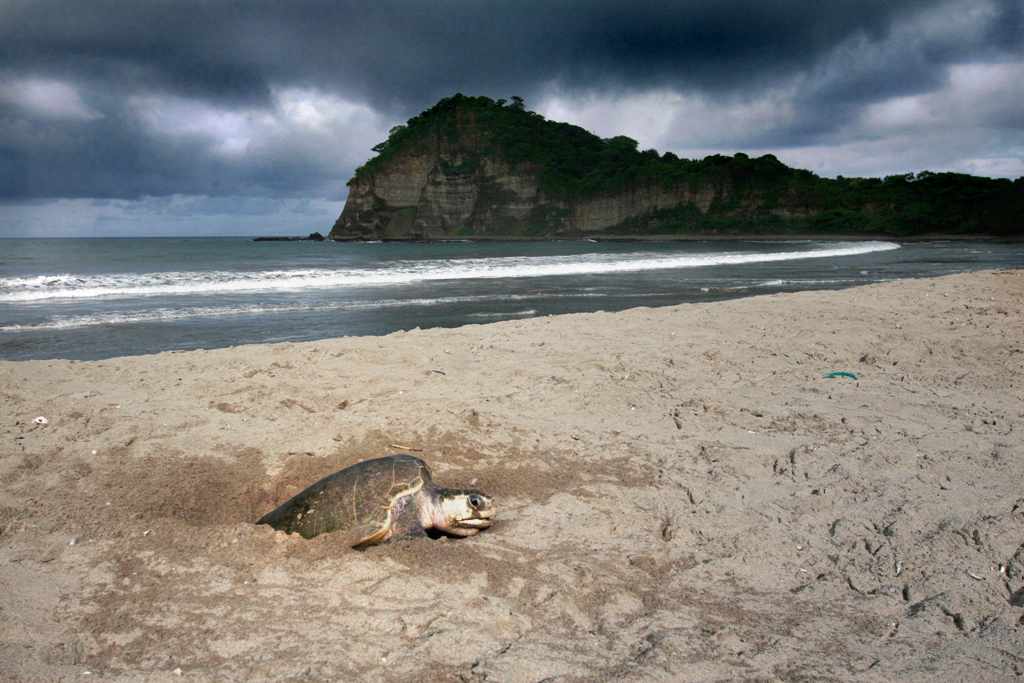
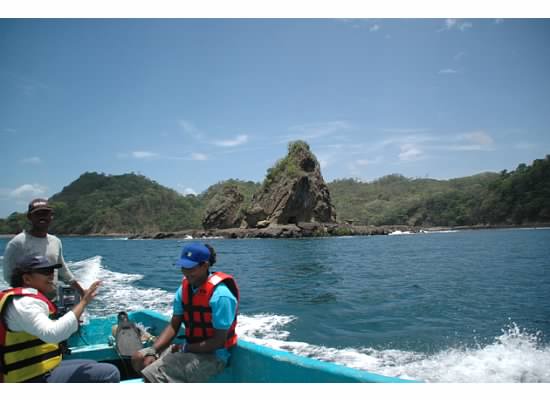

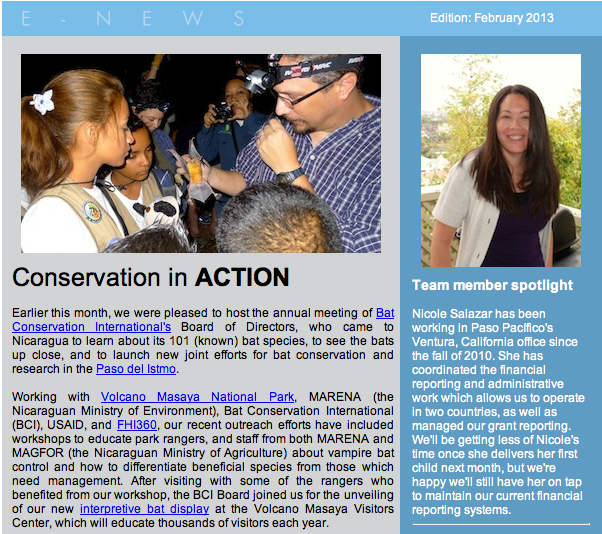

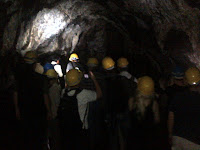
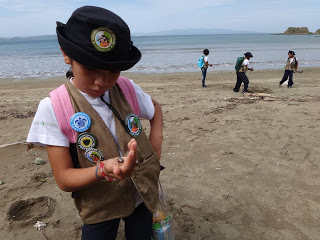
 Team member spotlight
Team member spotlight 